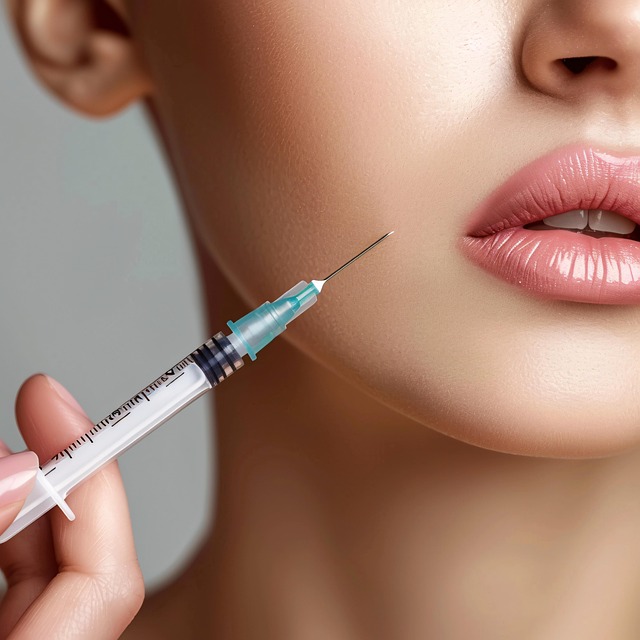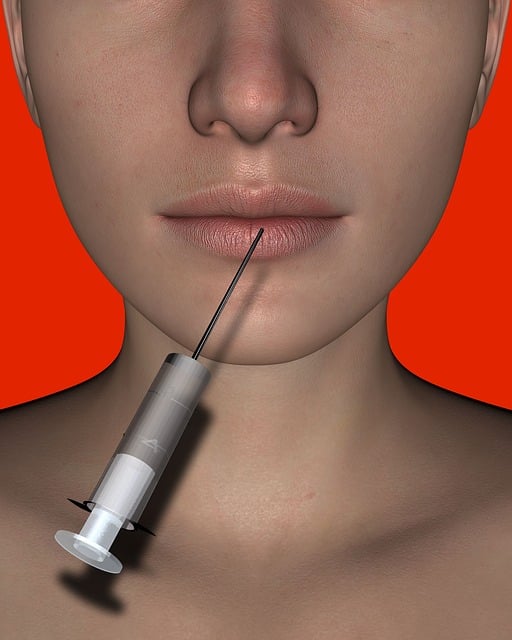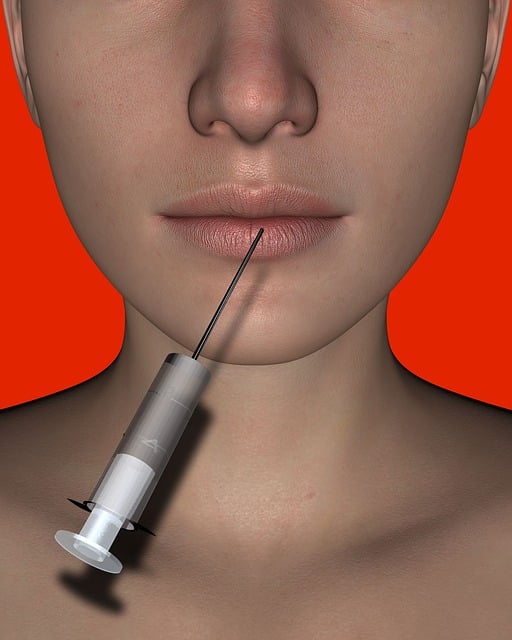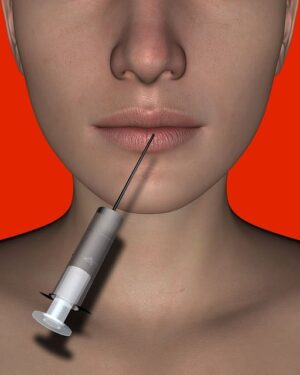Botox and dermal fillers are two popular non-surgical skin rejuvenation treatments with distinct applications. Botox, derived from bacteria, temporarily paralyzes muscles to reduce dynamic expression lines, while dermal fillers add volume and enhance facial contours by plumping up static lines. The choice between them depends on individual needs: Botox for preventing and softening fine lines, and dermal fillers for more substantial improvements in structure. Both offer unique benefits, requiring specific maintenance practices like sun protection, skincare routines, hydration, and regular follow-ups to optimize results, with varying durations of effectiveness.
“Uncover the secrets to achieving youthful skin with our comprehensive guide. In today’s beauty landscape, both Botox and dermal fillers have emerged as popular treatments for skin rejuvenation. This article delves into the intricacies of these procedures, highlighting their unique roles in reducing fine lines and enhancing facial contours. We explore key differences between Botox vs. dermal fillers, helping you make an informed decision. Furthermore, we break down maintenance needs, potential risks, and benefits, ensuring you’re armed with knowledge for a confident skincare journey.”
Understanding Botox: A Comprehensive Guide

Botox, a neurotoxin derived from bacteria, has become synonymous with anti-aging treatments. When injected into specific muscles, it temporarily paralyzes them, reducing the appearance of wrinkles and fine lines. This minimally invasive procedure is often sought by individuals aiming for a youthful complexion, offering a non-surgical alternative to more aggressive methods.
Unlike dermal fillers, which add volume and enhance facial contours, Botox focuses on preventing dynamic wrinkle formation. It targets expression lines around the eyes, forehead, and mouth areas, providing a smoother canvas. The treatment’s effectiveness is well-documented, with many individuals experiencing noticeable results that can last for several months, making it a popular choice in the quest for eternal youth.
The Role of Dermal Fillers in Skin Rejuvenation

In the realm of skin rejuvenation, both Botox and dermal fillers play pivotal roles in achieving a youthful appearance. While Botox is renowned for its ability to temporarily paralyze muscles, thereby reducing the visibility of fine lines and wrinkles, dermal fillers focus on restoring volume and contour to the face. These fillers are injectable substances that enhance the skin’s natural elasticity, filling in depressions and adding definition to features.
When it comes to choosing between Botox vs Dermal Fillers, understanding one’s specific concerns is key. For individuals seeking to smoothen expression lines and prevent future wrinkling, Botox offers an effective solution. On the other hand, dermal fillers are often preferred by those aiming for a more substantial improvement in facial structure, such as enhancing cheekbones or redefining jawlines.
Key Differences Between Botox and Dermal Fillers

When considering non-invasive cosmetic procedures, understanding the nuances between treatments is crucial. A common dilemma for many is choosing between Botox and dermal fillers—both popular options for achieving youthful skin. While both work to reduce signs of aging, they do so in distinct ways.
Botox primarily targets dynamic wrinkles, those caused by facial expressions like frowning or smiling. It relaxes the muscles underneath these wrinkles, smoothing their appearance. On the other hand, dermal fillers focus on enhancing volume loss and filling in deeper static lines. They add structure and definition to the face by plumping up hollow areas such as cheeks and temples. This difference makes Botox ideal for preventing or softening expression lines, while dermal fillers are excellent for restoring a more youthful contour.
Choosing the Right Treatment: Factors to Consider

When considering skincare treatments, it’s crucial to understand the differences between options like Botox and dermal fillers. Both aim to enhance appearance, but their effects and applications vary significantly. For instance, Botox is primarily used to prevent or reduce dynamic wrinkles caused by facial expressions, providing a more relaxed and youthful look. Dermal fillers, on the other hand, are designed to add volume and fullness to specific areas, smoothing out static lines for a more defined contour.
Several factors come into play when choosing between Botox and dermal fillers. Skin type, age, and the desired outcome are key considerations. For those looking to soften fine lines without significantly altering facial structure, Botox might be the ideal choice. Conversely, dermal fillers are often preferred by individuals aiming to augment specific areas like cheeks or lips, achieving a more voluminous and defined appearance. Understanding these distinctions ensures that you select the treatment most suitable for your unique needs and preferences.
Potential Benefits and Risks of Each Procedure

Botox and dermal fillers are two popular non-surgical cosmetic procedures that offer different approaches to achieving a youthful complexion. Both have their unique benefits, but also distinct risks and considerations.
Botox, a neurotoxin, is primarily used to prevent and reduce dynamic wrinkles caused by facial expressions. It relaxes the muscles responsible for wrinkle formation, providing a smoother appearance. Botox treatments are known for their ability to offer subtle yet effective results, making them ideal for those seeking minimal changes. However, it may not be suitable for deeper wrinkles or areas requiring more substantial volume enhancement. On the other hand, dermal fillers are substances injected into the skin to add volume and improve facial contours. They can plump up lines and wrinkles, enhance facial features, and restore a more youthful look. Dermal fillers provide immediate results and are particularly effective for patients with more pronounced age-related changes. Yet, they may carry a higher risk of visible injection sites, asymmetry, or over-filling, requiring skilled practitioners to ensure natural-looking outcomes.
Maintenance and Longevity: What to Expect After Treatments

After undergoing Botox or dermal filler treatments, maintaining youthful skin involves a combination of self-care practices and regular touch-ups. Both procedures offer significant improvements in skin appearance, but their effects differ. Botox, by relaxing facial muscles, reduces the formation of dynamic wrinkles, while dermal fillers add volume and enhance facial contours. To prolong these results, it’s essential to protect your skin from the sun, maintain a consistent skincare routine, and stay hydrated. Avoiding repetitive muscle contractions that cause wrinkles through expressions like frowning or squinting also helps extend the treatment’s longevity.
When comparing Botox vs dermal fillers for maintenance, regular injections of Botox typically last between 3-6 months, depending on the area treated and individual metabolism. Dermal fillers, on the other hand, can last anywhere from 6 months to several years. For optimal results, it’s recommended to schedule regular follow-up appointments with a dermatologist or qualified provider to boost fading effects and maintain the desired aesthetic.
